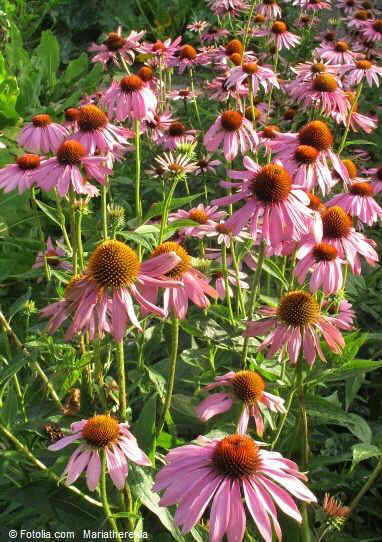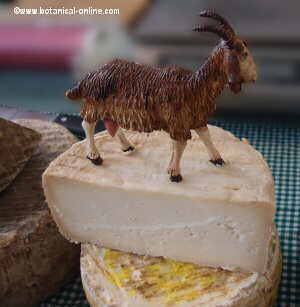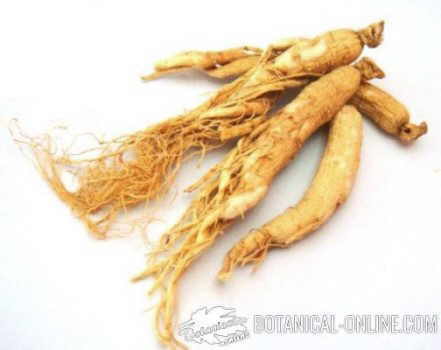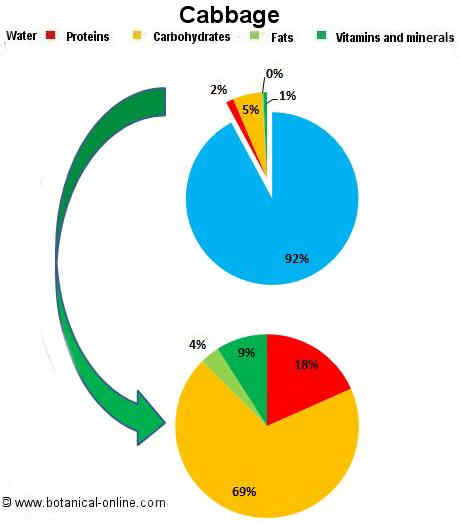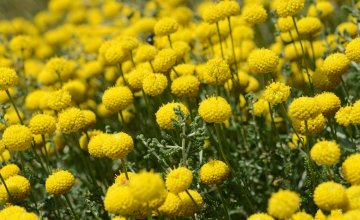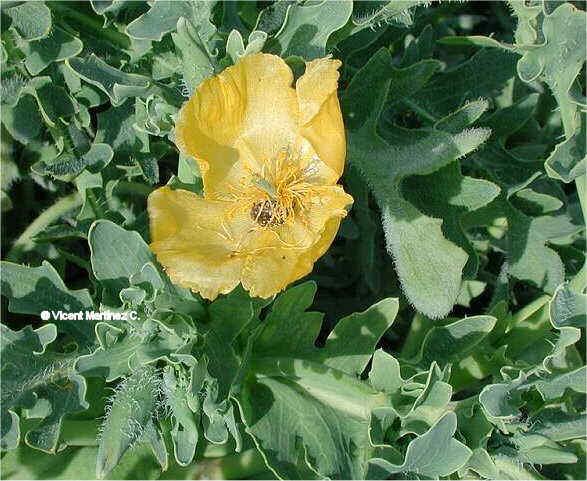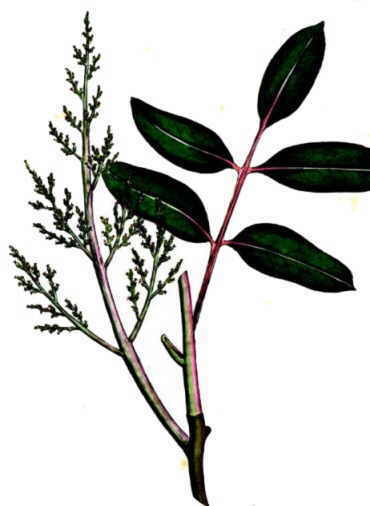Contents
Medicinal properties of sisal: remedies with sisal
In addition to producing fiber, the species Agave sisalana has been used in the Caribbean region as a medicinal plant for wounds, including those of leprosy, for the treatment of syphilis and as purifying plant.
Sisal, a plant for fiber production
The cultivation of this plant for the production of fibers dates from the time of the Maya and Aztecs and became a popular culture in the late nineteenth century and early twentieth century.
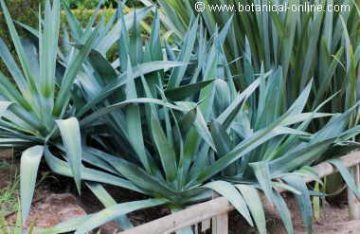
At this time, sisal farming was devoted to the production of ropes and cords. Since there were no synthetic fibers, sisal ropes and cords were used for virtually everything.
Today it is cultivated in many countries around the world, being the top 10 producers, in order of importance: Brazil, Mexico, Kenya, Tanzania, Colombia, Madagascar, China, Cuba, Haiti and Nicaragua.
How henequen or sisal fiber is made?
The fiber is obtained from the leaves. The leaves are defibrated and scraped bark is removed. The pulping is typically performed in a mechanical way, although in some places it is still done manually.
Subsequently, washing and drying the fiber is performed. Once it has dried, it undergoes a brushing process to separate the fiber and clean all the impurities.
Once cleaned and separated, it begins to develop sisal thread that is still quite thick. Depending on what you intend to do with this thread, a final spinning process is carried out in which different thicknesses are produced.
| Sisal fiber is a creamy white fiber, each fiber typically measures about one meter in length. It is a rough and strong fiber, not very suitable for making fabrics but very strong, making it effective as a fiber to make ropes or lint that have to be subjected to a great force. Given that it resists humidity, it is not surprising that it has been developing the ropes and other work tools for vessels. |
Why is sisal fiber used for
With the fiber extracted from these plants ropes, sacks, hammocks, cords, carpets, scratching posts for cats, and all kinds of fabrics are produced.
The sisal industry was very important during the nineteenth century because the rope and work tools of ships were dependent on this type of fiber. Similarly, until the synthetic fibers were discovered, hay or straw was baled with sisal. Coffee, corn, cocoa were transported in sacks made of sisal.
Of the two varieties mentioned, Agave fourcroydes was that being used originally in Mexico and the one which is known as henequen, while Agave sisalana is the species used when the industry was established in other countries like Brazil. Agave sisalana provides more resistant fibers than Agave fourcroydes.
The use of sisal nowadays
Both varieties, in addition to fiber, are also currently used to produce different industrial products:
– Pulp, to make paper
– Component in fiberglass, which improves: vehicle bodies, pipes, etc.
– Manufacture of furniture
– Substitute of abestos in brake pads
– Component of cement, providing more resistance and ecology.
– Insulation of walls: It has little capacity to absorb moisture
– Guiding the plants vertically, as hops, tomatoes, beans, etc.
– Composition of plastic to reinforce it
– Biomass for gas production
– Biomass to produce thermal energy
– Biomass as fertilizer
– Biomass for production of feed.
Sisal is a sustainable plant
Sisal is a suitable plant for the environment. The products manufactured with its fibers are completely biodegradable.
Hot, dry lands can be occupied with this plants that is adapted to withstand prolonged droughts in places where other plants would be very difficult to live.
They are plants that require fewer resources in terms of water and nutrients. Moreover, its total green surface is capable of doing the photosynthesis, providing oxygen to the atmosphere and sequestering carbon dioxide.
In addition sisal protects the environment because its deep and strong roots hold the soil and prevent erosion. They can be used as screens to prevent the entry of animals
*More information:
– Hazards and contraindications of agave syrup
![]() More information on agave.
More information on agave.

